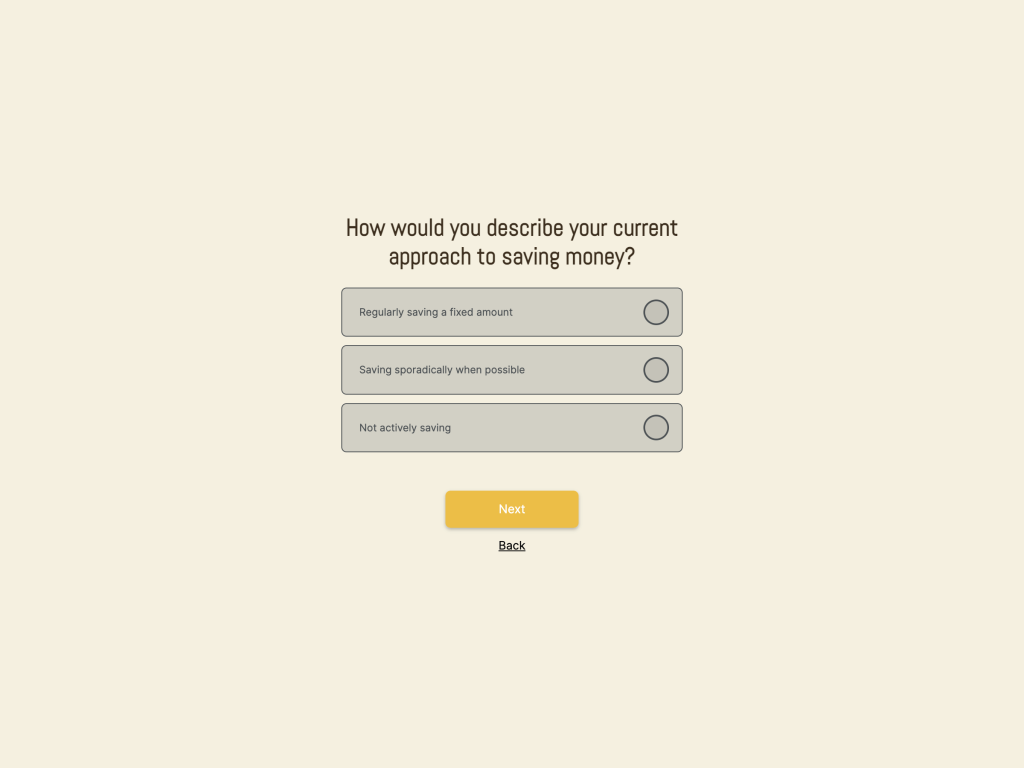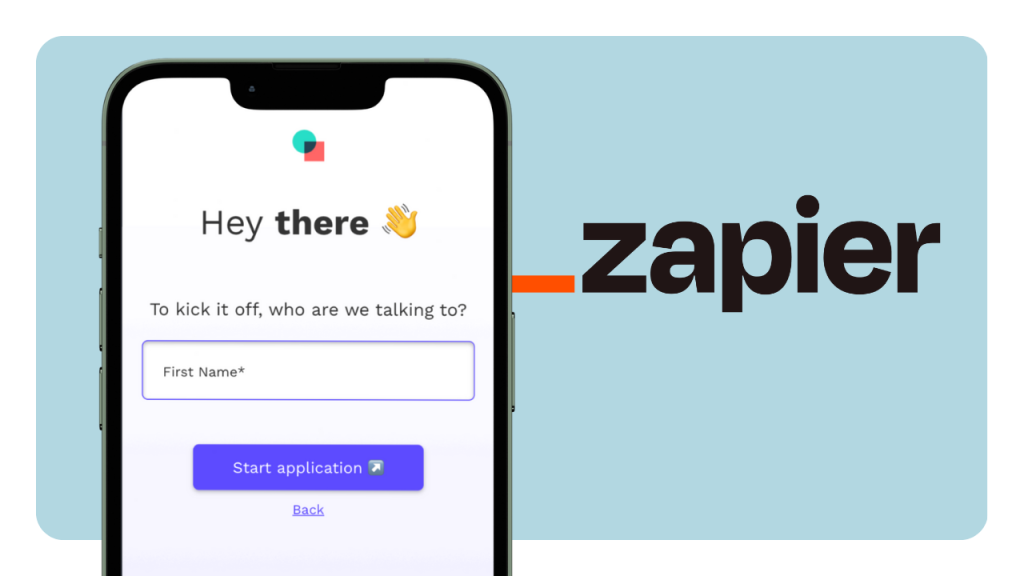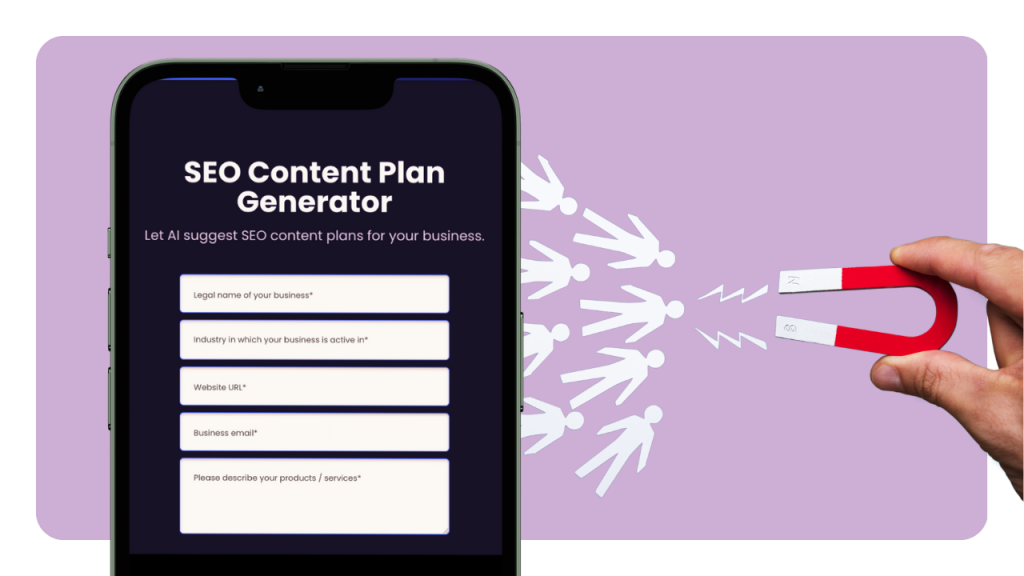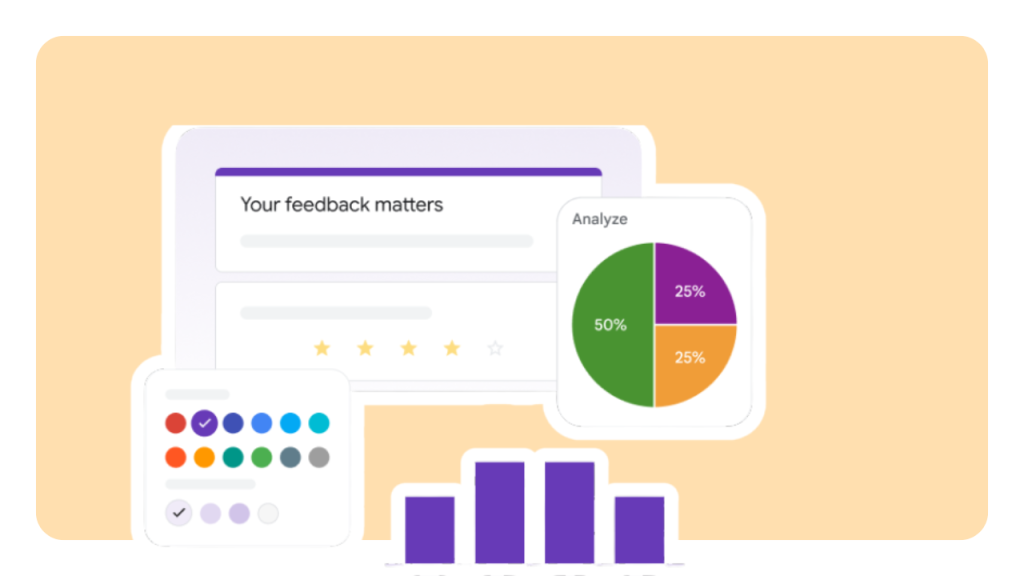Customer feedback is powerful. It lets you know how to improve your products and services, and it can even tell you which direction your company should take to prosper.
Naturally, feedback is rarely just 100% love and sunshine. There are times during which businesses have to deal with criticism and product or service issues.
Negative feedback is just as valuable as positive feedback when the goal is to improve your business. When measuring your brand’s overall customer experience score it is common to use measurement scales such as the Net Promoter Score. Such scales have become an industry standard and they take into consideration the weight of negative feedback from your customers.
According to one recent study, a massive 94% of all consumers say that bad reviews have led to them avoiding certain companies altogether. But once you consider that 45% of people would likely visit a business that actually responds to negative reviews, it's easy to see why this is all so important.
Especially for smaller businesses - negative online reviews, or negative feedback in general, can greatly impact their revenue. This article covers key steps you can take to deal with negative feedback efficiently, and show your customers that they're valued.
Why Should You Pay Attention to Negative Feedback?
Some companies have a natural instinct to listen to only positive reviews. This is understandable, but it's also the wrong approach. 80% of consumers say that user-generated content, such as reviews from customers, are more influential to their buying decisions than branded content.
Customer feedback of all types is important because it shows you what you're doing right and, more importantly, what you're doing wrong. No business is successful 100% of the time. They all make mistakes, regardless of their size or even the industry that they're operating in. The key is to acknowledge and learn from those mistakes so you can bounce back all the better for it.
When you go out of your way to ignore negative feedback, more often than not you get trapped in an echo chamber or feedback loop. You may feel good about yourself, but you're certainly not paying attention to the people who can show you how to improve your business.
Another big reason why you should be paying attention to and dealing with negative reviews is because it can improve your customer service experience. Essentially, it's your chance to "win someone back" after they've had a negative interaction. For most cases, you're going to get only one chance to win them back.
9 Useful Action Points for Dealing With Negative Feedback the Right Way
1. Pause for Reflection and Consideration
If a negative online review comes in on a site like Yelp or on social media, the one thing you don't want to do is let it impact your emotions right away. The way that you handle the situation can have a big impact on the success of your brand.
It's important to pause and reflect on what this person is trying to tell you - even if the tone of the message makes it seem like you've lost the customer. Try to drill down the core message of their comment into a sentence or two and consider whether it's a valid criticism or some type of misunderstanding. Again, this is a learning opportunity and you won't be able to learn anything without at least some period of proper reflection.
2. Don't Wait to Respond
Another one of the most important lessons to be learned about dealing with negative feedback is that you should never wait too long to respond. This is especially true on online review sites where both the complaint and the action you take are available for all to see. In a best case scenario, try to respond within 24 hours.
You should still take your time to think about what someone is trying to tell you, but don't sit on your eventual response for weeks because you "hadn't gotten around to it." Respond fast and show the person who left the comment - as well as all of your other customers - that you're paying attention.
3. Acknowledge What the Person is Saying and Get Clarification
This may seem obvious, but far too many companies don't do this. When responding to the review, you need to be confident that you understand precisely what someone is trying to tell you. This level of clarification is key because it will avoid further misunderstandings down the road. It also confirms to the person in question that you're hearing them out, instead of just protecting the image of your brand.
4. Be As Objective As Possible
Being objective in the face of negative criticism - especially if a review was particularly harsh - is a lot easier said than done. But it's also hugely important because if you can't be objective about what your customers are trying to tell you, you ultimately can't be objective about your company.
If a customer walks into a store and has a legitimately negative experience, that's a valid cause for concern. That doesn't mean it can't be an isolated incident, but it happened nonetheless. To put up a fight or to try to explain the situation away is essentially showing the customer that you only care about the money they spend, which is no way to build lasting relationships with people.
5. Show People You Value Their Feedback
Another great way to deal with negative feedback involves showing people that you value what they have to say.
Even something as simple as a kind message left on a negative social media comment will go a long way towards showing people that you value their opinion, regardless of what that opinion happens to be. Note that this doesn't mean that you should offer someone on a site like Yelp a free product, discount or similar type of promotion if they're willing to change their negative review to a positive one. The review itself should stand on its own, as should your ultimate response.
Our next example comes from Bellissimo Coffee - a coffee house located in Fortitude Valley. A customer posted a review on Google and was very upset to not get a drink that she ordered within a reasonable amount of time. It may seem like a small issue, but it was important to them - and the response from the manager showed that even though there's nothing he can do to change what happened, Bellissimo Coffee still values its clients.
6. Keep Any Discussions Private
You should respond to negative reviews and social media posts in a somewhat public fashion so that everyone can see the lengths you're willing to go to in order to grow and learn. But you shouldn't get into lengthy discussions if the problem can't be resolved straight away.
For starters, it's in bad taste to air one's dirty laundry in public. If the customer is deeply upset about their experience with your company, you don't want to encourage them to vent in a place where many of your potential customers will check-in for years to come. Instead, ask your customer's contact information so you can resolve the issue in a private discussion.
7. Make It Right
If someone left a negative review because a product they received in the mail was either damaged, didn't work as described, or because of poor delivery experience - offer a refund or replacement.
You could also choose to issue a voucher for some type of discount off of a future purchase. If nothing else, this is a great way to get them to at least consider coming back to the store in the future, regardless of what their experience might have been like.
Another way to make things right is offering an exclusive item. Custom products with your branding are a perfect option. Branded products can serve as a reminder for your customer that they're a valued and an important part of your business.
The important lesson to take from this is that you need to show, not just tell, people that you understand what you need to change. Doing so is much more meaningful (and makes a far better impression) than if you were to just post a reply that amounted to little more than "sorry about that, it won't happen again!" and went on with your day.
8. Learn Your Lesson Whenever Possible
Make an effort to acknowledge and grow from whatever lesson the negative feedback brought to you. In the vast majority of all situations, even reviews that come off as mean-spirited or angry are likely written with the best of intentions. Nobody takes time out of their day to leave negative criticism (or to leave praise, for that matter) when everything is going "perfectly average." In the case of the negative online reviews, these people are trying to teach you something: how to do better, how to get better and how to grow. It's in your best interest to listen to them, otherwise you may end up driving your customers into the arms of a competitor.
An example of this idea in action comes by way of the Stamford Plaza Hotel in Brisbane. A customer who was looking for an exceptional anniversary experience for him and his wife didn't find exactly what he wanted. It was a measured post with both good and bad feedback - one that got a response from the executive assistant manager within 24 hours. The manager understood the lesson the customer wanted him to learn and showed professionalism.
9. Always Follow-Up Whenever Possible
Last but not least, make an effort to check-in with the customer a week or so later to make sure that everything has been resolved to their satisfaction.
If it wasn't, figure out what the current status of the issue is and personally step-in to make sure everything is proceeding along as it should be.
Just be sure to follow-up using the customer's original platform of choice. If they have sent you a message on Twitter, you can ask them to follow you so that you can send a Direct Message and get a status update.
It was JetBlue Airways that did precisely that when one unsatisfied customer posted a picture of the broken monitor in the back of the headrest in front of them - meaning that they couldn't access any of the in-flight entertainment services the entire time they were in the air.
Not only did JetBlue respond, but they also took the "Direct Message" route to make sure that everything was ultimately handled to the satisfaction of the poster.
If someone left their review on one of the many sites dedicated to that purpose, add a follow-up comment there.
Learn From Your Experience
Customer feedback of all types has changed exponentially in a relatively short amount of time. The internet has given way to a bold new era of email, message boards, and review sites, offering virtually everyone the type of voice that they may not have had before in an incredibly efficient way.
Feedback has always come part in parcel with running a business and not all of that feedback is going to be positive. Learn how to dive beneath the comments, accept them for what they are and take steps to resolve the issues. If you keep improvement in mind, you can go a long way towards creating exceptional customer experience.
Get Started with NPS® Surveys
Author
Josh Barnett is a marketing researcher and an independent copywriter. In his 4 years of experience in writing, he’s discovered a passion for marketing and customer service. He loves to write and share his knowledge about what he’s learned as a professional writer.










